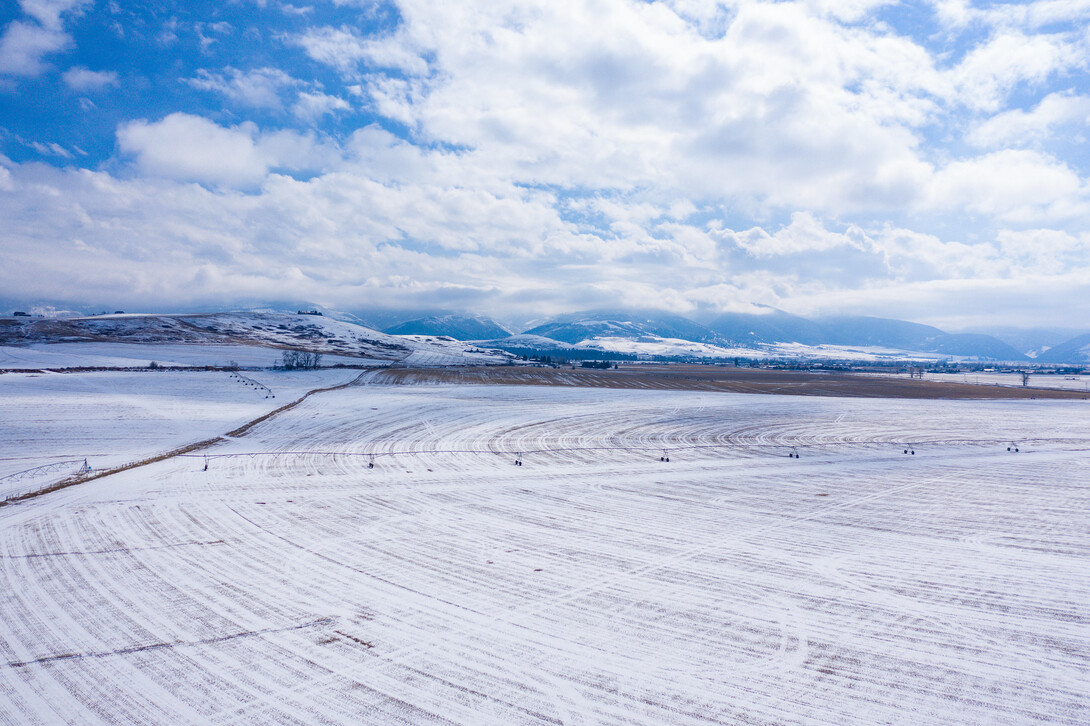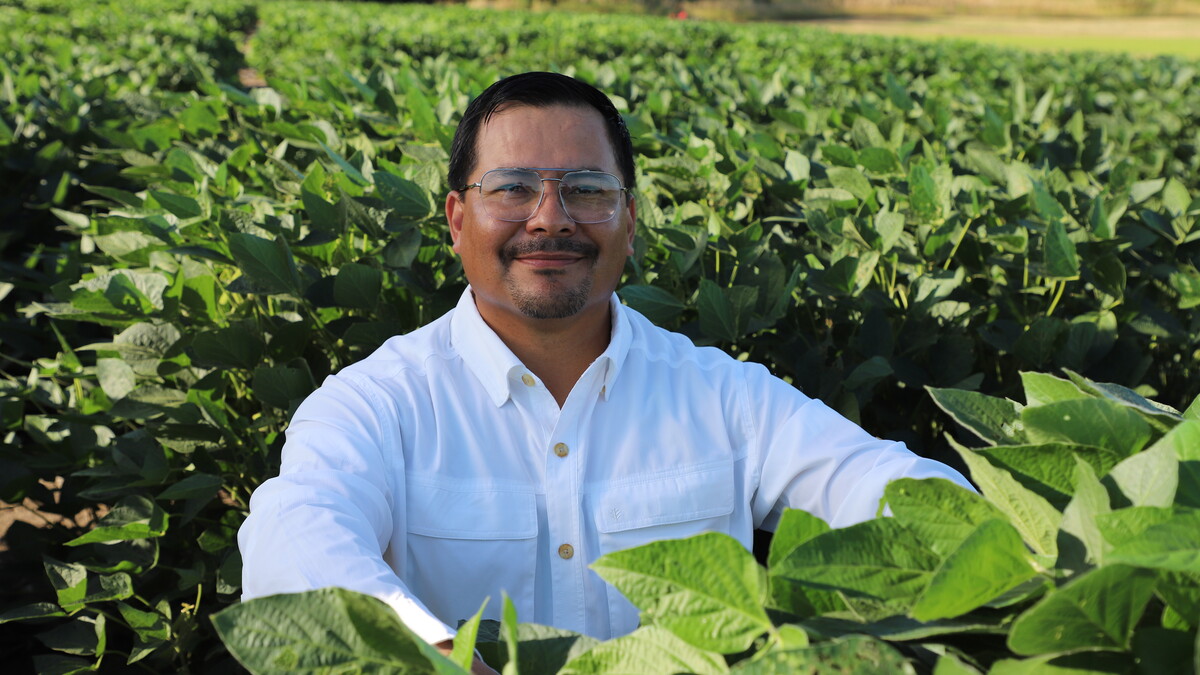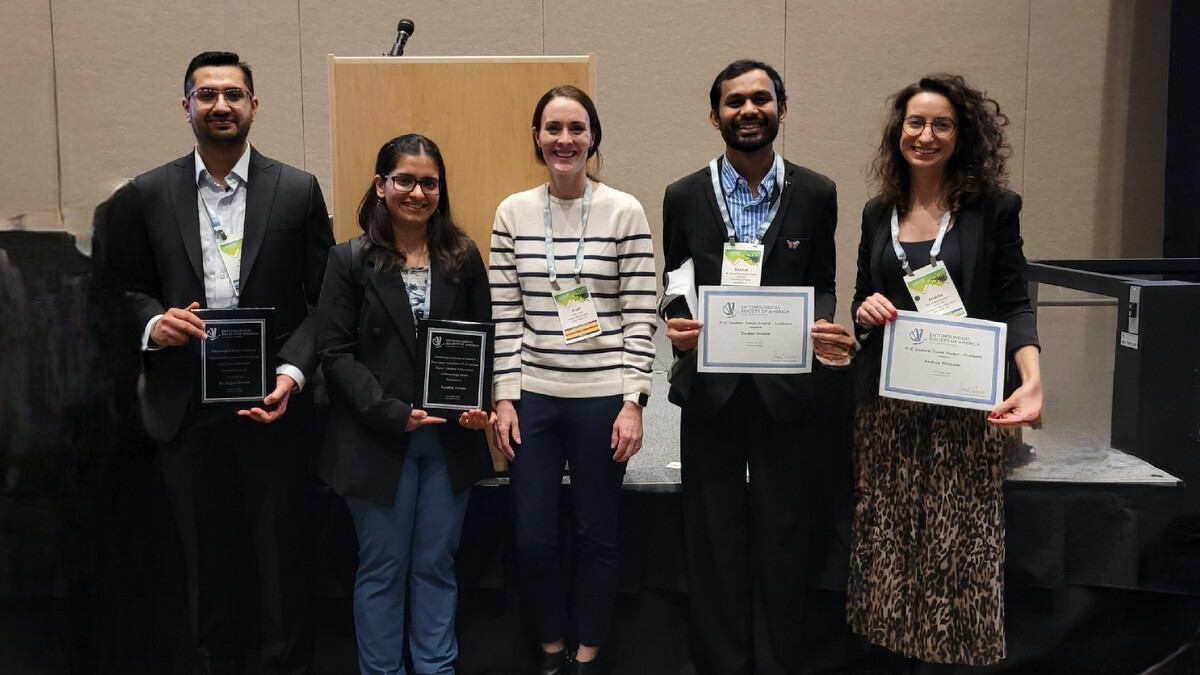
Lincoln, Neb. —Since the National Drought Mitigation Center's founding in 1995, the U.S. Department of Agriculture has been one of the center's main supporters and collaborators. At the end of 2020, the Drought Center and USDA launched a three-year, $2.4 million cooperative agreement. It will support the NDMC as it continues to help produce and enhance the U.S. Drought Monitor, the weekly snapshot of drought that NDMC, USDA and National Oceanic and Atmospheric Administration scientists work together to create. This fall, the NDMC agreed to an additional one-year, $1.275 million cooperative agreement with the USDA's Office of the Chief Economist (OCE) that will address drought monitoring and much more through a series of projects. NDMC director Mark Svoboda lauded the effort between the center and the OCE as a means of continuing to grow NDMC's support and services to not only the OCE, but many other agencies within USDA as well.
NDMC climatologist Brian Fuchs said that the agreements include projects proposed by the NDMC staff that not only address key issues in the realm of physical sciences, but also examine social and economic facets of drought as well. Several of the projects also focus on making drought science more accessible to underserved populations, Fuchs said.
“I like that these projects show that we are spreading our wings a little bit in some new areas of drought-related research and resource development,” Fuchs said. “These are areas where we have expertise too. We are working on projects that involve physical sciences but also social sciences and economics. At the core of each of these projects is an effort to enhance or develop new ways to relay key information about drought to people who need it. Droughts are billion-dollar disasters that can affect the livelihoods of anyone who lives in an area that is experiencing one, as we are seeing both in the Western U.S. and Northern Plains this year. ”
Seventeen total projects were proposed for 2021-22 and will build upon past efforts with USDA and the USDA Climate Hubs. They include:
Enhanced drought monitoring and resilience targeted to agricultural producers. Based on recent requests from agricultural producers, the NDMC is developing an agricultural drought section for the U.S. Drought Monitor website (droughtmonitor.unl.edu) to help direct decision-makers to resources that can help them prepare for drought, better manage their land during drought and find out if they qualify for USDA resources that help producers recover from drought. The project is an extension of several recent efforts that the NDMC has led to help ag producers, like the Managing Drought on the Ranch Toolkit.
Enhancing composite drought indices to better detect drought across seasonal timeframes and regional zones. Composite blend tools are resources that factor in combinations of differently weighted drought indices on short- and long-term timescales to help people better be aware of potential immediate issues, like wildfire concerns or range and pasture dryness, or drought-related impacts that could go on for months or years, like low reservoir or groundwater levels. The long-term and short-term objective blends are experimental tools, and NDMC’s team of climatologists continues to explore how combinations of different drought indices most accurately prepare people for future events, and how indices like precipitation totals, soil moisture, streamflow and more should be weighted differently in different regions of the U.S. to best detect early warning signs of drought.
Exploring the economics of groundwater management, and how that influences the price and availability of water during drought events. In tandem with the Daugherty Water for Food Global Institute at the University of Nebraska-Lincoln and the University of Nebraska-Lincoln Department of Agricultural Economics, the NDMC team is examining water markets in Nebraska and elsewhere to learn how droughts do and don’t influence the price of water. Research has already been published as part of this project, but there is much more to come after additional, sizeable datasets are analyzed by the team.
Enhancement and expansion of the Visual Drought Atlas. The VDA, which currently collects and presents landscape photos submitted by citizen scientists and others across the U.S. and its territories, will incorporate more photo databases into its production. That could include troves of historic USDA images and even data from phenocams, which capture time-lapse images of foliage.
Continue work on drought resilience in underserved areas. The one-year agreement includes projects that will refine drought metrics and indicators in Alaska, as well as examine drought impacts on agriculture there. A Hawaiian drought workshop that was delayed due to the coronavirus has been tentatively rescheduled and will bring together officials from Hawaii and the U.S.-affiliated Pacific Islands with U.S. Drought Monitor authors to share information about how drought affects the island state and territories, and how to continue to improve drought monitoring there.







